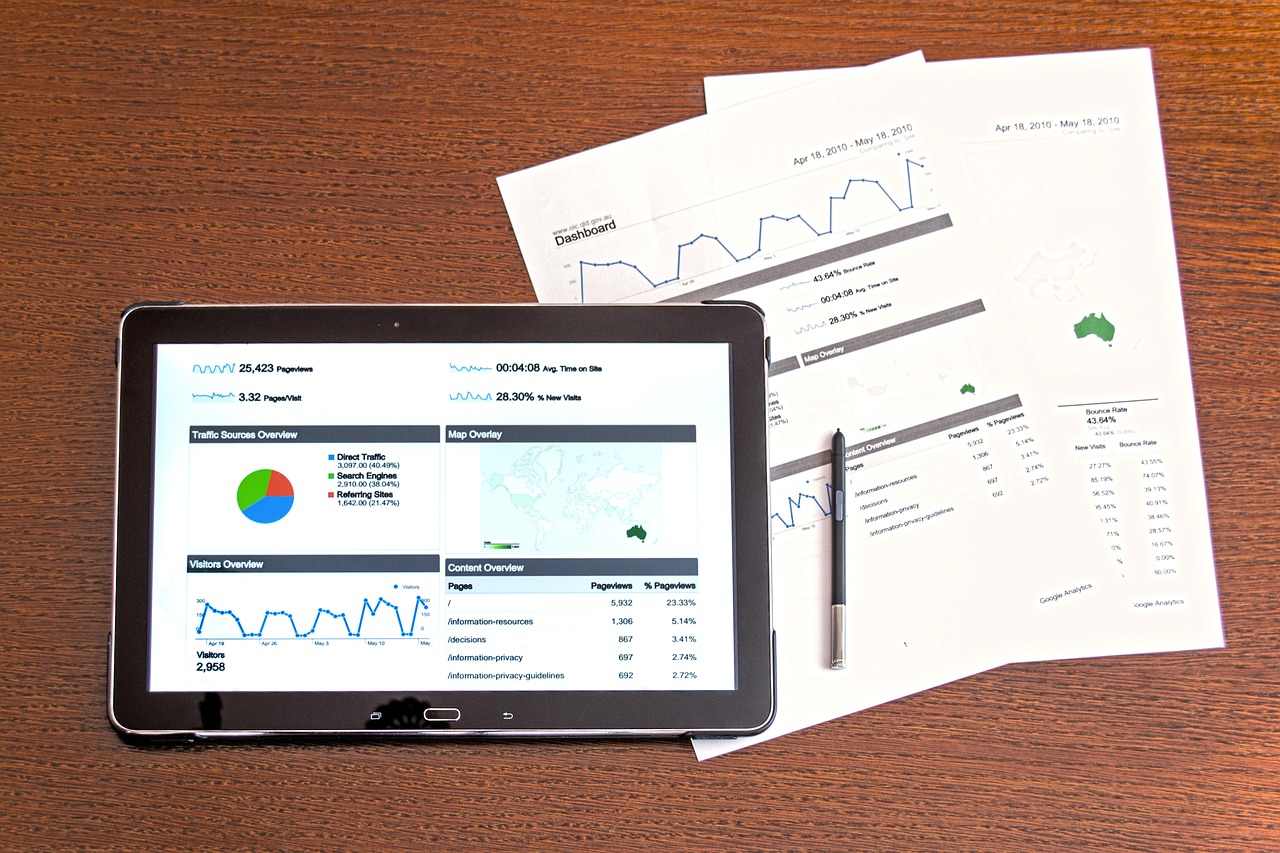Learn more about Website Cookies
 What is in a Cookie?
What is in a Cookie?
Each cookie cutter is a little lookup table containing pairs of (key, info) values – such as (first name, John) (last name, Smith). When the code on your client or server computer has read the cookie, the information could be recovered and used to personalize the internet page.
When are Cookies Made?
Writing data cutter is performed when there is a page filled – for instance, following a ‘submit’ button is pressed on the information managing page will be accountable for keeping the values. Then the operation may collapse, In the event, the consumer has chosen to disable cookies, and then they also may have to have a default activity or prompt the consumer.
Are Cookies Used?
Cookies are a handy way to transmit information onto a site into the other, or between sessions related sites, without having to load a server machine. Maintaining the information on the host would be problematic since it would be hard without needing a login on each visit, to recover a user’s data.
When there’s a lot of information to save a cookie may be applied to recognize a user that was specified in order that information could be viewed on a database. By way of instance, the very first time an individual visits a website they can pick a username that is saved in the cookie-cutter, then provide data like name, password, address, favorite font size, page design, etc. – that info would be saved in the database with the username as a secret. Whenever the site is revisited the host will read the cookie cutter with no need to become re-entered recover all of the user’s data, then get the username.
How Long Can a Cookie?
While the cookie is made, the timing of the expiry of a cookie-cutter may be set. When the browser window has been shut by default, the cookie is automatically destroyed, but it may be made to last then for a random period of time.
Who Will Access Toolbar?
After a cookie is made it’s possible to restrain its visibility by placing its ‘origin domain’. It is going to be available to some URL. By way of instance, the origin may be put to “whatarecookies.com” along with the cookie could subsequently be accessible to websites from “www.whatarecookies.com” or even “xyz.whatarecookies.com” or even “whatarecookies.com”. This may be employed to permit webpages that were applicable to ‘communicate’ with each other. It’s not feasible to place the main domain to ‘top-notch’ domain names like ‘. com’ or ‘.Co.uk’ because this could allow widespread availability of this cookie cutter.
By default, cookies are observable to all avenues in their domain names, but in the period of production they are sometimes limited to a specified subpath – for instance, “www.whatarecookies.com/images”.
Just how Secure are Cookies?
There’s a good deal of concern with safety and privacy. Cookies don’t in themselves pose a danger because they can be utilized to store data the webserver has or that the consumer has volunteered. Whilst it’s likely that this info might be made accessible to third-party sites that are particular, it is worse than keeping it. You need to question if you will have to supply that advice if you’re worried that won’t be handled as confidential.
Which exactly are Tracking Cookies?
Some industrial sites consist of embedded marketing material that’s served by a third party website, and it’s possible for these commercials to keep a cookie because third party website, including data fed to it in the containing web site – this advice might include the title of the website, special products being watched pages visited, etc.. After a different website comprising a similar ad in exactly the exact website is later visited by the consumer, the advertiser will have the ability to read the cookie and use it in order to ascertain some information regarding the user’s surfing history. This permits publishers to function ads targetted in an individual’s interests obtaining a prospect of becoming applicable to the consumer. A lot of men and women view these’tracking cookies’ because they enable an advertiser to build profiles of consumers up.


 What is in a Cookie?
What is in a Cookie?


